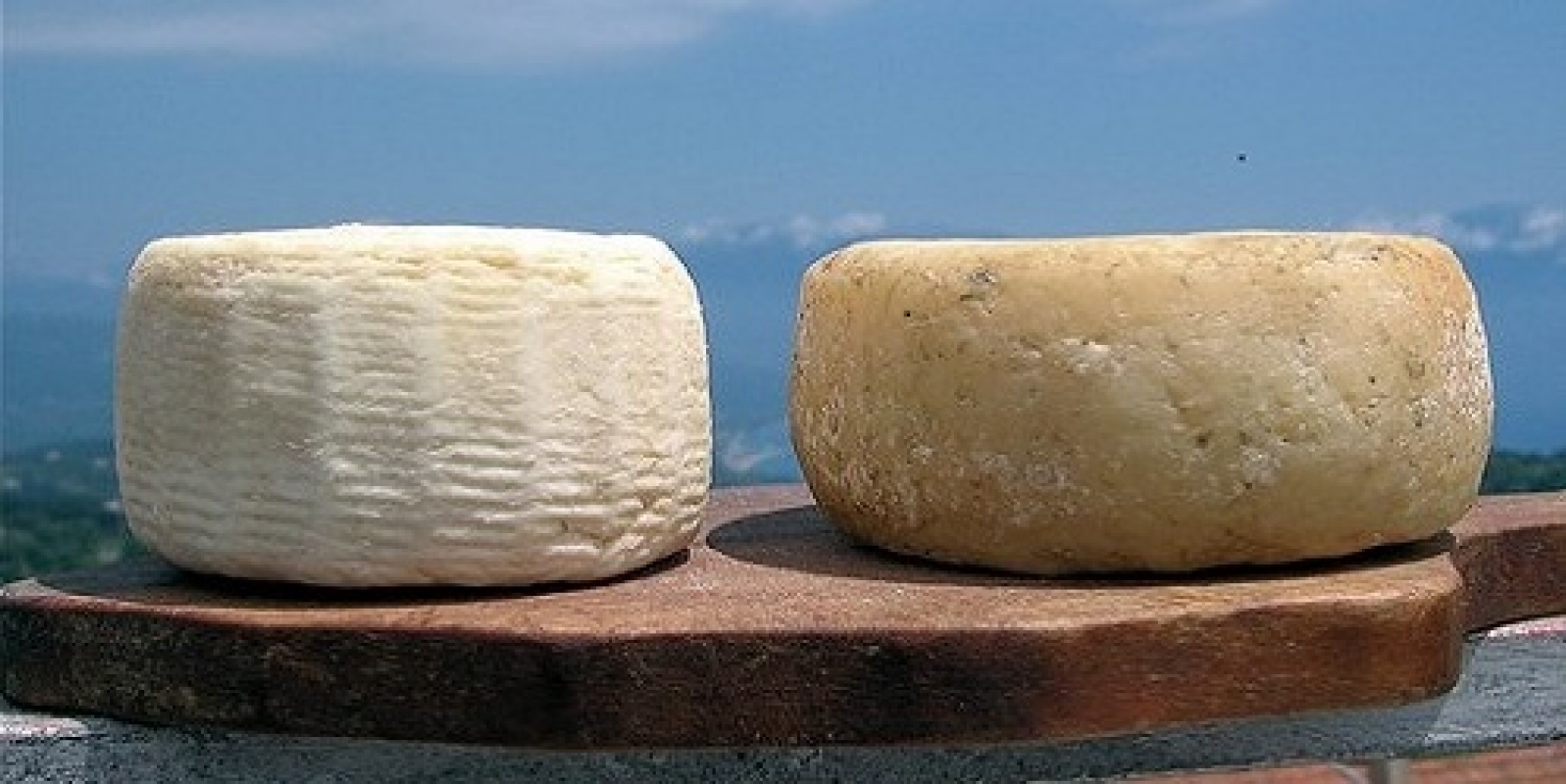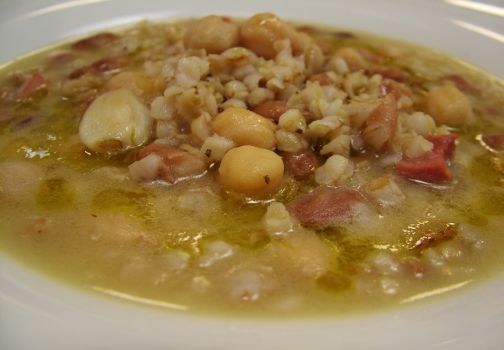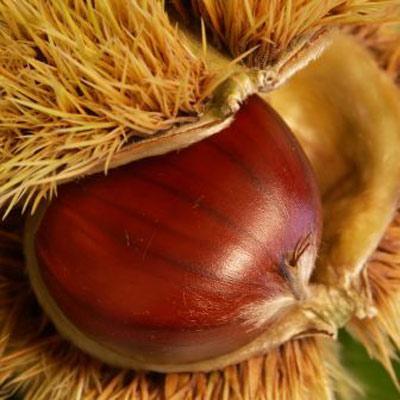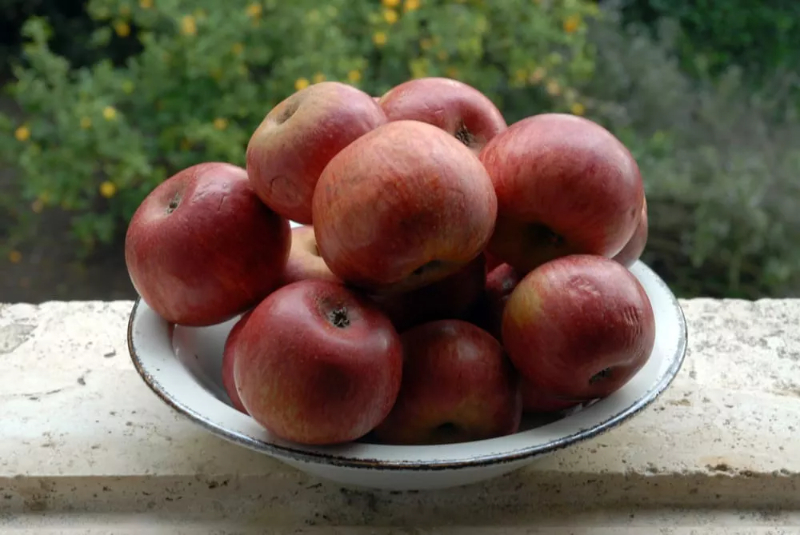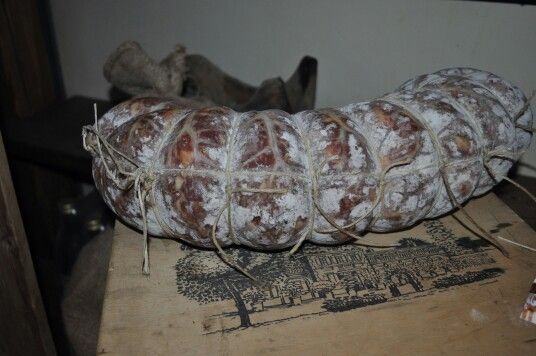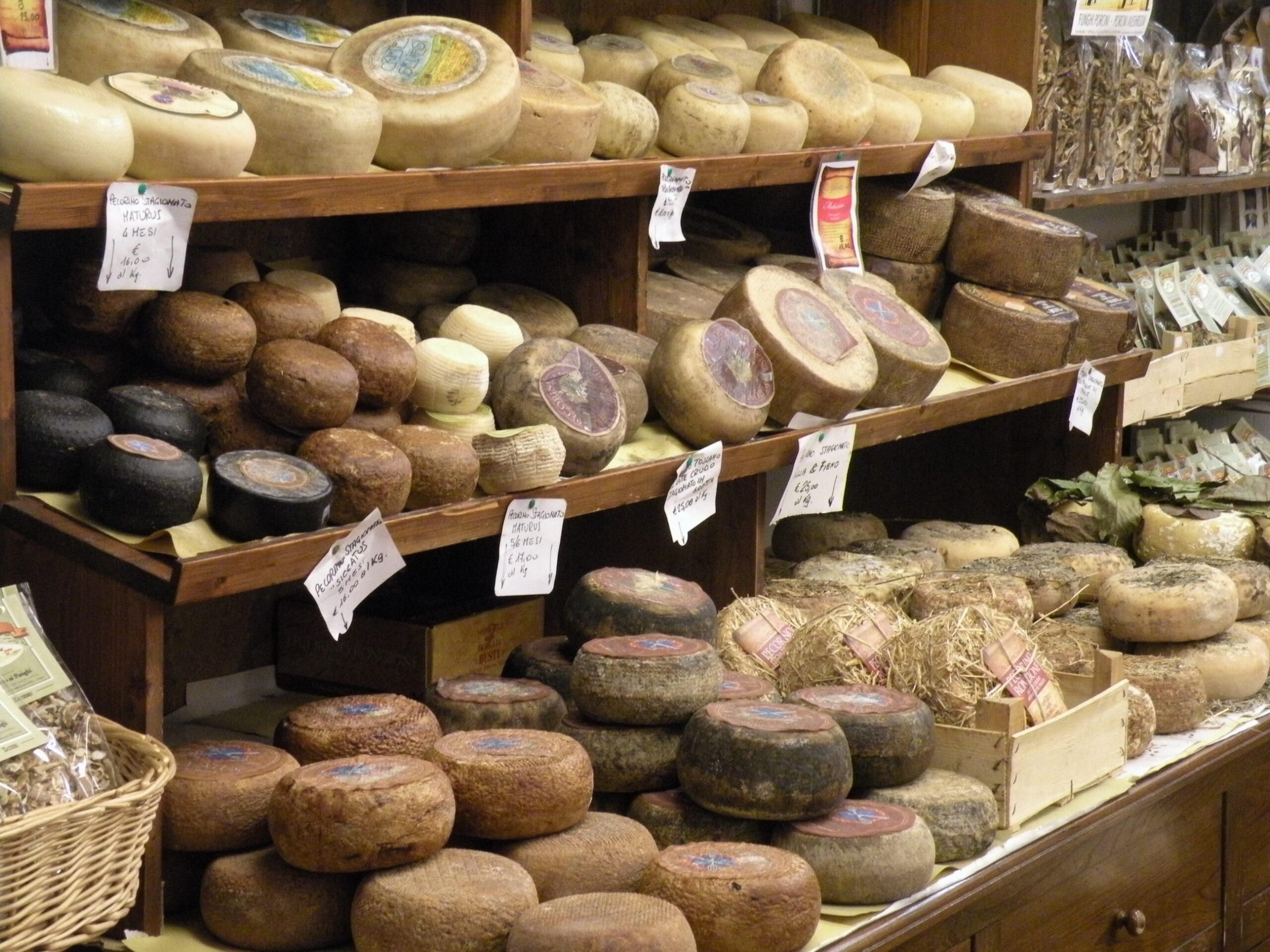During the month of March, freshly milked raw goat’s and sheep’s milk are mixed, filtered and coagulated with vegetable rennet obtained from thistle flowers; the curd, finely broken, is transferred into small, long, narrow moulds; after a light salting, the small oblong moulds, weighing about 150 grams, are left to rest on wooden boards and sprinkled with dried wild thyme. According to an ancient tradition, the seasoning, which lasts about six months, takes place in cellars dug into the tuffaceous subsoil, in special niches obtained at a precise depth, along the walls of the access stairs. The fragrance of the goat’s milk, the aroma of wild thyme and the particular environment in which the cheese is aged give the rare marzolino its unique characteristics. The surface, sprinkled with aromatic herbs, has a slight yellow color tending to straw, the dough is white, tender and spreadable. The aroma, light but strong, the delicate taste, slightly spicy, aromatic and characteristic, make it an authentic delicacy. Unfortunately, due to the gradual disappearance of goat farms which, although family-run, were until recently widespread in the area, the marzolino cheese is in serious danger of extinction.
